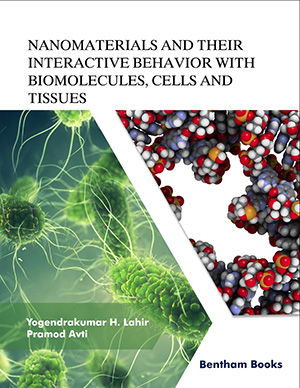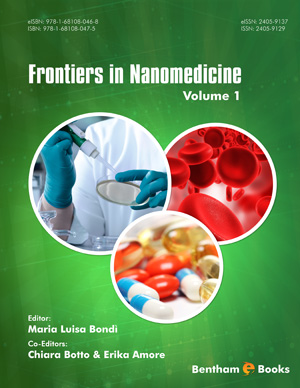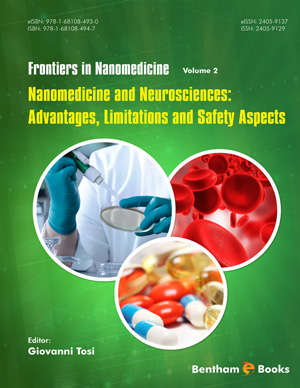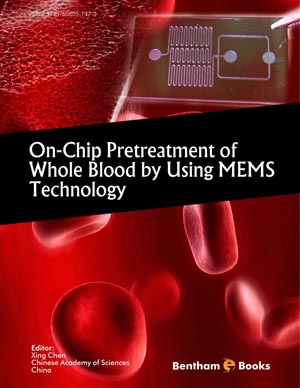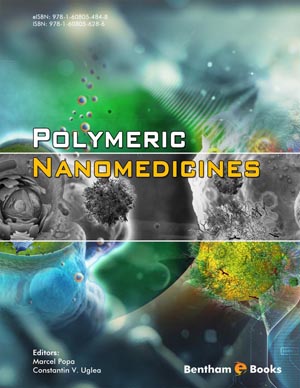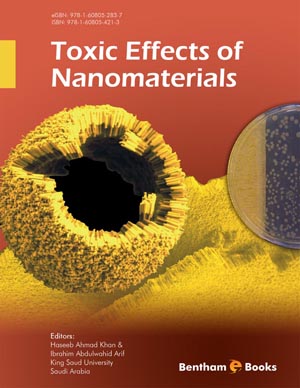Abstract
Nanomaterials exhibit some extraordinary features. These features are the bases for their applications in different fields such as biomedical, pharmaceuticals, communication, warfare, clothing, sports industries, automobiles, etc. Reports reflect on their interactions with abiotic and biotic components of the environment. It is very imperative to understand their interactions with biomolecules or related materials. These investigations elaborate on their benefits and, damaging effects; these ascertain their appropriate applications. The concerned reactants may be natural, organic, or inorganic. Nanomaterials interact with components of an environment in a medium like air or water, on the bases of their specific structure and functional groups. During such interactions, the physiological and ecological parameters of the environment also play a significant role. The physicochemical properties of nanomaterials and surface functionalities are due to the specific modifications of the nanomaterials. The hydrophobicity or hydrophilicity of nanomaterials influences their interactions between them and the biological and ecological systems. This chapter deals with the behavior of nanomaterials, parameters, and conditions related to their interaction in a biosystem.
Keywords: Absorption, Applications, Drug delivery Systems, Nanomaterials, Physicochemical Properties, Plasmonic Nanoparticles, Scattering, Surface Energy, Tissues Engineering.


